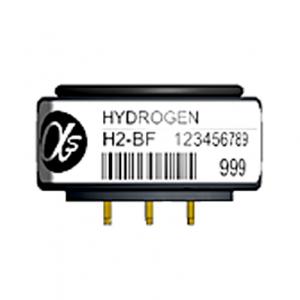bagaimana bisa kita membantu kamu
In recent years, my country has been vigorously adjusting its energy structure, and many cities have gradually replaced coal with clean and environmentally friendly natural gas to improve environmental pollution problems. With the continuous expansion of cities and the increase in population density, the emergence of county-level cities has also promoted the reconstruction and expansion of water supply and heating facilities. Therefore, in recent years, a large number of gas pipeline networks, water supply, and heating pipeline networks have been newly laid in cities in my country. These newly laid pipeline networks are all pressure pipelines and must undergo strict acceptance to prove that they are leak-free before being put into use to ensure the safe operation of the pipeline network. At present, the "pressure test method" is commonly used in China to conduct air tightness testing. However, although this method can determine whether there is a leak in the pipe network, it cannot determine the exact location of the leak point.
A new leak detection technology, the hydrogen tracer method , can solve this problem, and the implementation of this new technology is not difficult or complicated. Compared with the pressure test method, the hydrogen tracer method only requires the addition of a device for detecting the tracer gas - a hydrogen detector .
The hydrogen tracer method is a new leak detection technology that mixes 5% hydrogen and 95% nitrogen to form a so-called "tracer gas" and injects or mixes it into the pressure test medium (such as compressed air or water) middle. Since hydrogen has a flammability range of 5.7%, this gas mixture is absolutely safe. This tracer gas is non-toxic, odorless, non-corrosive and non-flammable and is widely used in industrial welding operations to protect stainless steel from oxidation. In addition, this gas is very cheap and easy to obtain, its cost is not much higher than nitrogen, and it is usually available at gas plants. In the pressure test, if conditions permit, this tracer gas can be used as a pressure test medium, and the entire process of testing, leak detection and repair can be completed in one operation, thus reducing the overall cost. Of course, the hydrogen tracer leak detection method can also be used alone. After using other pressure testing media and confirming that there is a leak in the pipeline, hydrogen tracer technology is used to find the leaking location. Selection of hydrogen sensors in hydrogen detectors
The leakage situation of pipelines is very complex and comes in various forms, ranging from micro leaks to large leaks. The burial medium of pipelines and the on-site environment are also ever-changing. This places high requirements on the selection of hydrogen detectors, which must be suitable for detection under various circumstances. Only functional instruments can take on this important task. The core probe for detecting hydrogen concentration in a hydrogen detector is the hydrogen sensor . Gongcai.com recommends the British alphasense electrochemical hydrogen sensor - H2-BF and the Japanese Figaro semiconductor hydrogen sensor TGS2616-C00 :

the British Alphasense hydrogen sensor - H2-BF electrochemical hydrogen sensor H2-BF has the advantages of high performance, small size, high sensitivity, good selectivity, and good low-concentration output linearity. The response time is 100s, the measuring range is 0~5000ppm, and the working environment is -30~55℃, 15~90%RH. , mainly used to detect the concentration of hydrogen in the atmosphere, and is typically used in hydrogen gas transmitters and various hydrogen detection occasions.

TGS2616-C00 is a semiconductor principle sensor developed by Japan's FIGARO. It has fast response, low power consumption and small size . TGS2616-C00 contains newly developed sensitive elements, which are minimally affected by interfering gases such as alcohol, but have a high sensitivity to hydrogen. Selectivity. Very suitable for detecting changes in hydrogen concentration. Can detect hydrogen concentration in the range of 10-3000ppm.